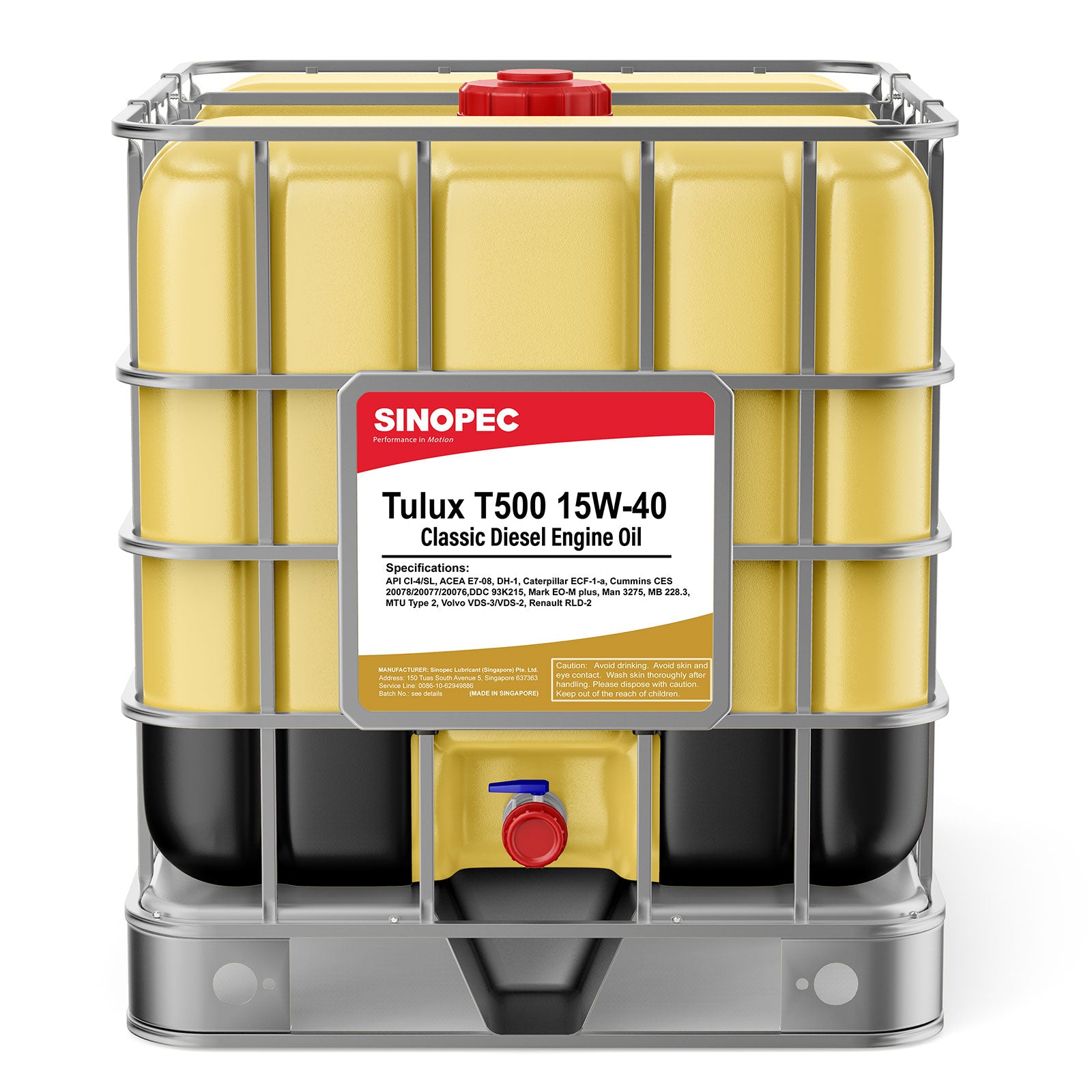Hydraulic Fluid Oil ISO VG 22, ISO VG 32, ISO VG 46, ISO VG 68, ISO VG 100, ISO VG 150, ISO VG 220. Heat kills hydraulic systems. That’s why hydraulic oil coolers are widely used in a diverse range of agricultural, mobile, manufacturing, and industrial settings. They remove excess heat generated by energy losses in a system, as well as that from external sources such as engines, furnaces, and even the surrounding environment.
http://buysinopec.com/collections/hydraulics
Cooling capacity: Multiply the desired cooling capacity by correction factor Kv.
Oil-pressure drop: Multiply pressure drop by correction factor Kp.

Correction factors for other inlet temperature differences.
Cooling capacity: For inlet-temperature differences other than 60°F, multiply the desired cooling capacity by correction factor Kt.

Correction curves for other oil/water flow ratios.
Cooling capacity: For oil/water flow ratios other than 2:1, divide the desired cooling capacity by factor Kr obtained from the curves in the Flow ratio correction graph.

Graph navigation
After making the proper conversions and adjustments, follow these steps to select a cooler:
• Find the flow rate along the X axis of the graph that corresponds with the recorded flow rate.
• Move up from this flow rate until the Y-axis value matches the calculated heat load.
• Select the curve that intersects at this point. If there is no curve at the point of intersection, use the closest curve above the intersection.
• The curve indicates the correct cooler size.
(See the accompanying sidebar, Sizing a cooler, for a step-by-step sizing example.)
Knowing the correct cooler size, users can customize base models to a certain extent. Air-cooled products, for example, may come with several different types of motors and voltages. In addition, users can often specify options like temperature-control switches, and pressure and temperature bypass valves. Water-cooled units may include options for the number of passes, baffle spacing, and cooling-tube size.
|
Sizing a cooler Here’s a quick look at sizing a water-cooled hydraulic oil cooler, in this case a Parker type OAW cooler. Operating conditions include: ISO VG 68 oil flowing at 40 gpm and a desired cooling capacity Qr = 40 hp. Inlet oil temperature To = 140°F and inlet water temperature Tw = 100°F. Available water flow = 10 gpm and maximum pressure drop = 30 psi. First calculate the entering temperature difference, ETD = To – Tw = 140° – 100° = 40°F. The design cooling capacity Qd is the cooling capacity used to select a suitable cooler. Calculate Qd by multiplying Qr by factors Kv and Kt and then dividing by the Kr factor from the graph.
 According to the cooling capacity curves, the minimum size cooler for these conditions is an OAW 61-40. Oil-pressure drop, ∆P, can be found from the pressure-drop curve. Multiply it by the pressure-drop factor, Kp, to find the actual pressure drop, ∆Pa. ∆Pa = ∆P × Kp = 23 psi × 1.7 = 39.1 psi. In this case, actual pressure drop exceeds the maximum allowable. The next size cooler would be an OAW 61-60. Pressure drop for this cooler is: ∆Pa = 12 psi x 1.7 = 20.4 psi. Therefore, the correct size cooler for this setup would be an OAW 61-60. |
















